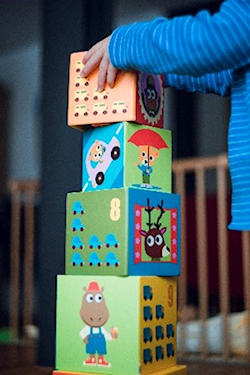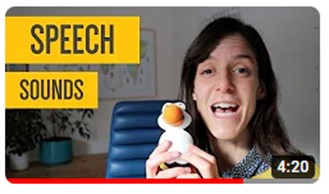Listening activities
These activities support children to develop their listening skills, and tune into the sounds around them in their environment.
These activities support children to develop their listening skills, and tune into the sounds around them in their environment.
Listening Walks
Talk about the sounds that you can hear – the noisy cars, the crunchy leaves or rustling trees blowing in the wind. Encourage your child to listen to the different sounds you can hear.
Sound Hunts
Hide a noisy toy in the room and encourage your child to listen and find where the sound is coming from.
Musical Instruments
Play with musical instruments or homemade shakers and talk about the sounds, make different rhythms, shake the instruments “high” and “low”, “fast” and “slow”, “loud” and “quiet”. See if you can copy each other’s beats and rhythms.



